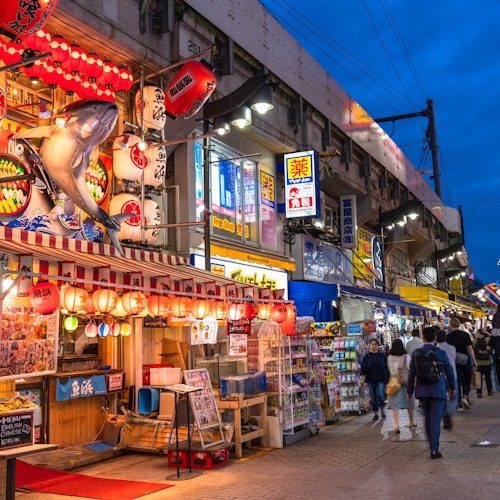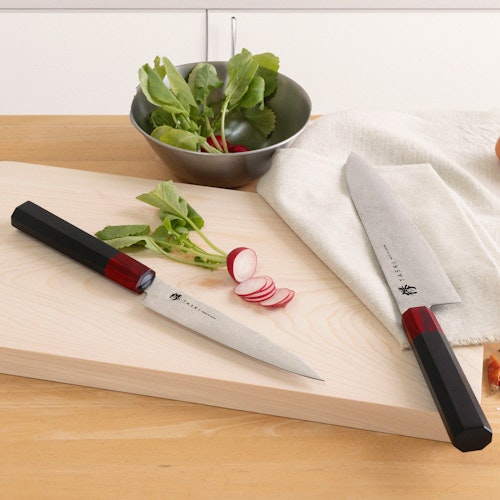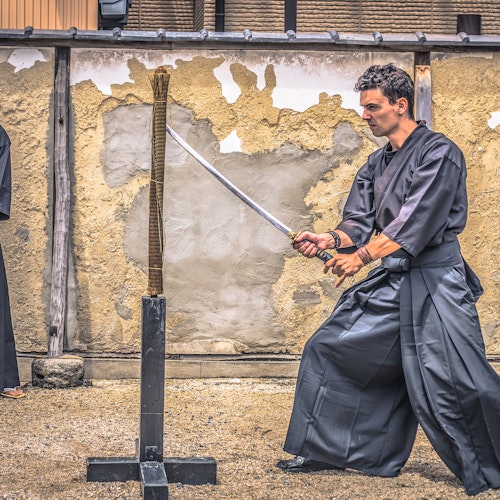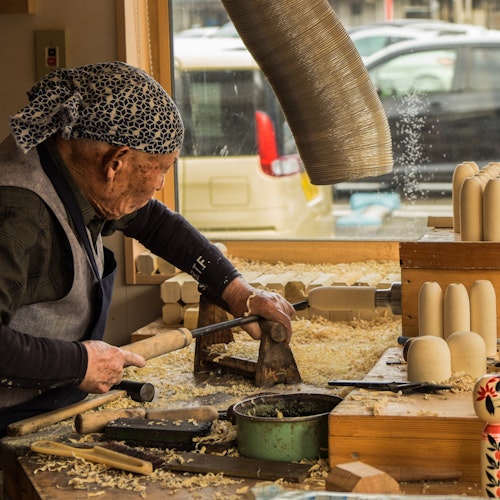
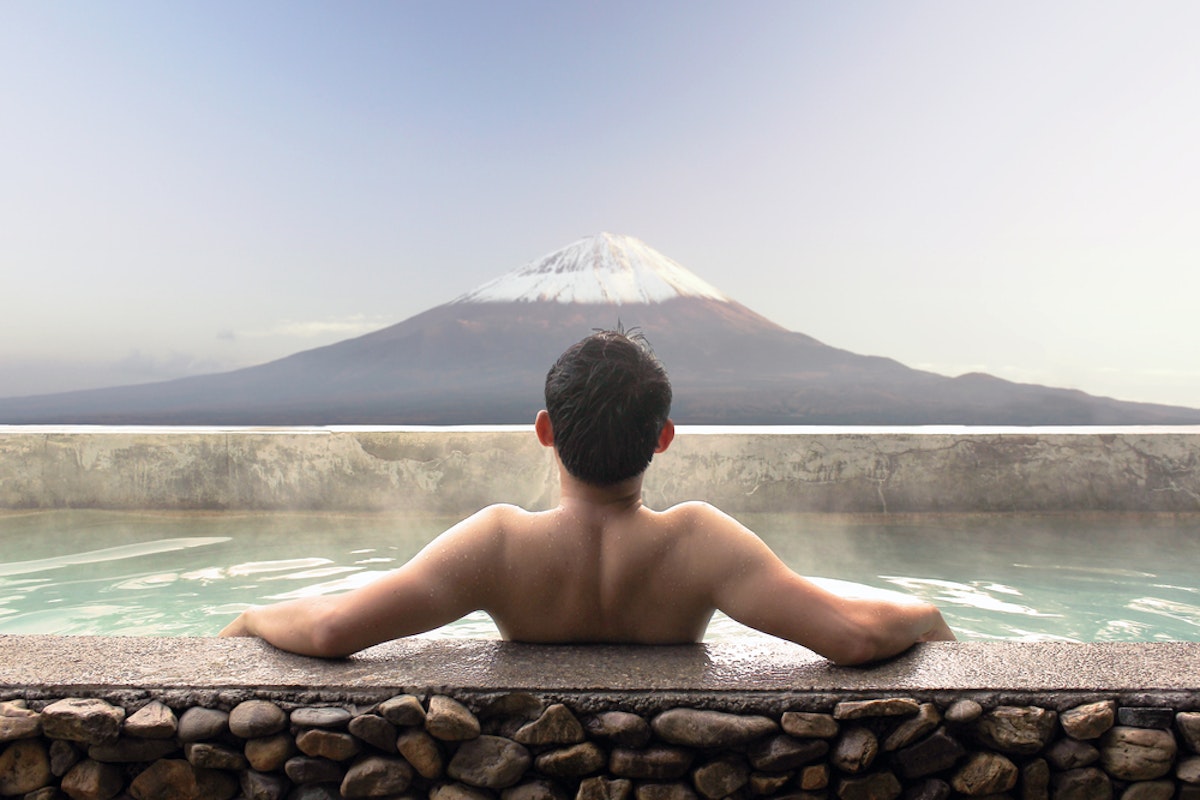
Hey there, fellow travelers and tattoo enthusiasts! If you’re planning a trip to Tokyo and dreaming of sinking into a steamy, mineral-rich onsen, you might’ve heard about Japan’s tricky relationship with tattoos. Historically, tattoos (or irezumi) have been linked to the yakuza, Japan’s organized crime groups, which led to strict no-tattoo policies at many onsens and sento (public bathhouses).
But guess what? Times are changing, and Tokyo’s got a growing number of tattoo-friendly onsens where you can soak your cares away without worrying about your ink. In this blog post, I’m diving deep into the best tattoo-friendly onsens in Tokyo, sharing tips, etiquette, and everything you need for a stress-free dip. Let’s get started!

Before we jump into the list, let’s chat about why tattoos can be an issue. In Japan, tattoos were once a mark of criminality, especially among yakuza members. Even though plenty of people—locals and tourists alike—rock tattoos for purely aesthetic or cultural reasons, some traditional onsens still enforce blanket bans to keep the vibe family-friendly and drama-free.
However, with Japan’s tourism boom and more open attitudes toward body art, many bathhouses are loosening up. Some now welcome tattooed guests outright, while others offer private baths or ask for small tattoos to be covered with adhesive patches.
Tokyo’s a massive city, and while it’s not exactly an onsen hotspot like Hakone or Kusatsu, it’s got plenty of bathhouses and hot springs that welcome inked visitors. Below, I’ve rounded up some of the best tattoo-friendly onsens and sento in Tokyo, based on their vibe, accessibility, and tattoo policies.
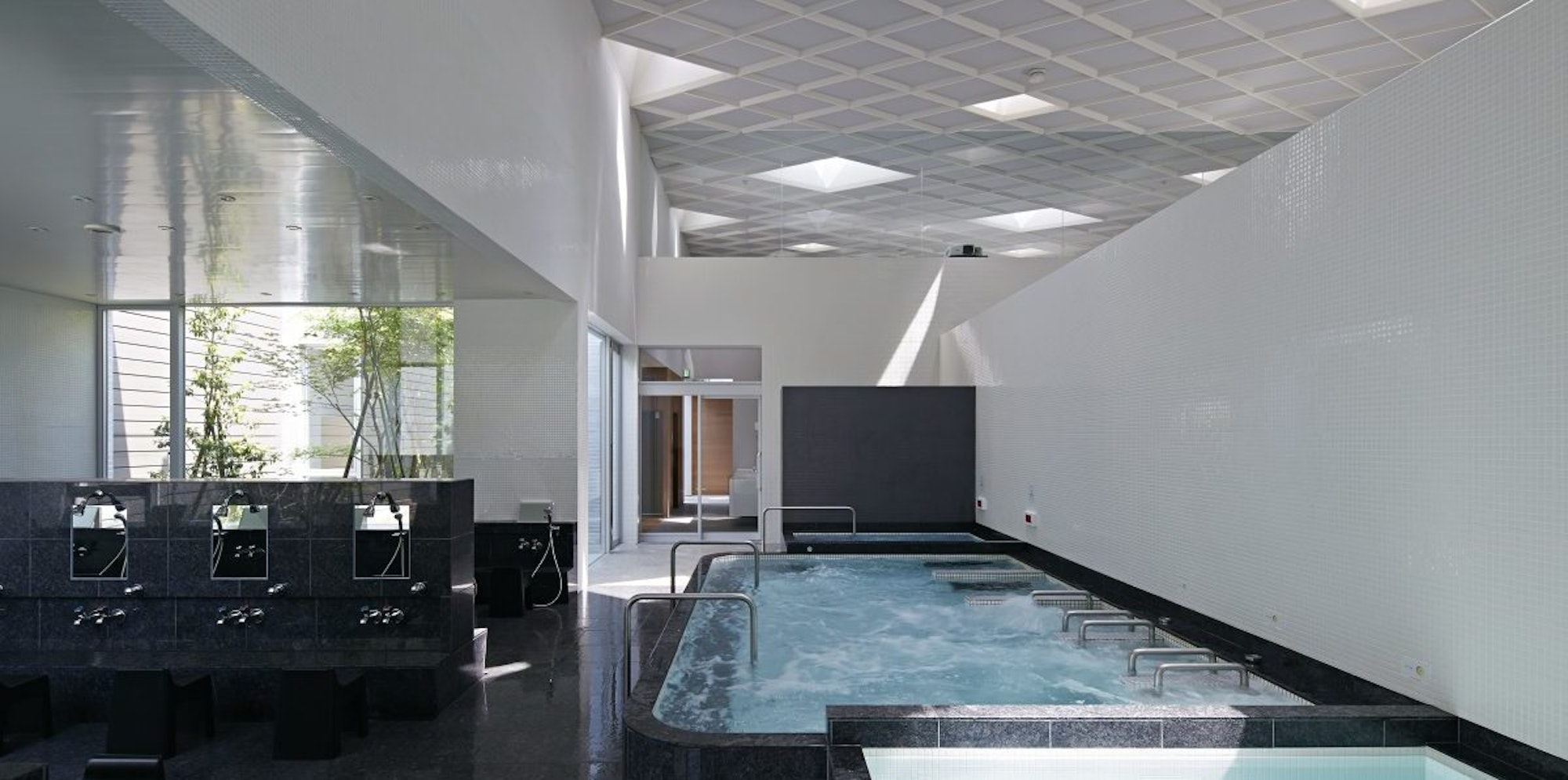
Tucked away in Nerima City, about 20 minutes northwest of Shinjuku, Hisamatsuyu is a contemporary onsen that’s become a favorite for tattooed travelers. This place is fully tattoo-friendly, so you can show off your ink without a second thought. No cover-ups or private baths needed—just walk in and soak.
Hisamatsuyu’s got a sleek, modern design with black tiled walls, minimalist wood-paneled changing rooms, and heated floorboards that feel like a warm hug. The baths use sodium-rich water drawn from 1,500 meters underground, which is said to leave your skin silky smooth.
You’ll find indoor baths at various temperatures, a jet-massage bath, a chilled bath for cooling off, and a dreamy outdoor rotenburo (open-air bath) on the rooftop. The rooftop bath is infused with medicinal herbs from around the world, and soaking under the Tokyo night sky is pure magic. Bonus: the ceiling features projection-mapped lights inspired by flowing water, adding a cool, artsy touch.
How much does it cost, and how do you get there?
Entry fee: ¥520 for adults (12+), ¥200 for kids, ¥100 for preschoolers. Sauna is an extra ¥500.
Hours: 3 p.m. to 12 a.m. (last admission 11:30 p.m.), closed Thursdays and Fridays.
Access: Take the Seibu Ikebukuro Line to Sakuradai Station, then walk about 5 minutes.
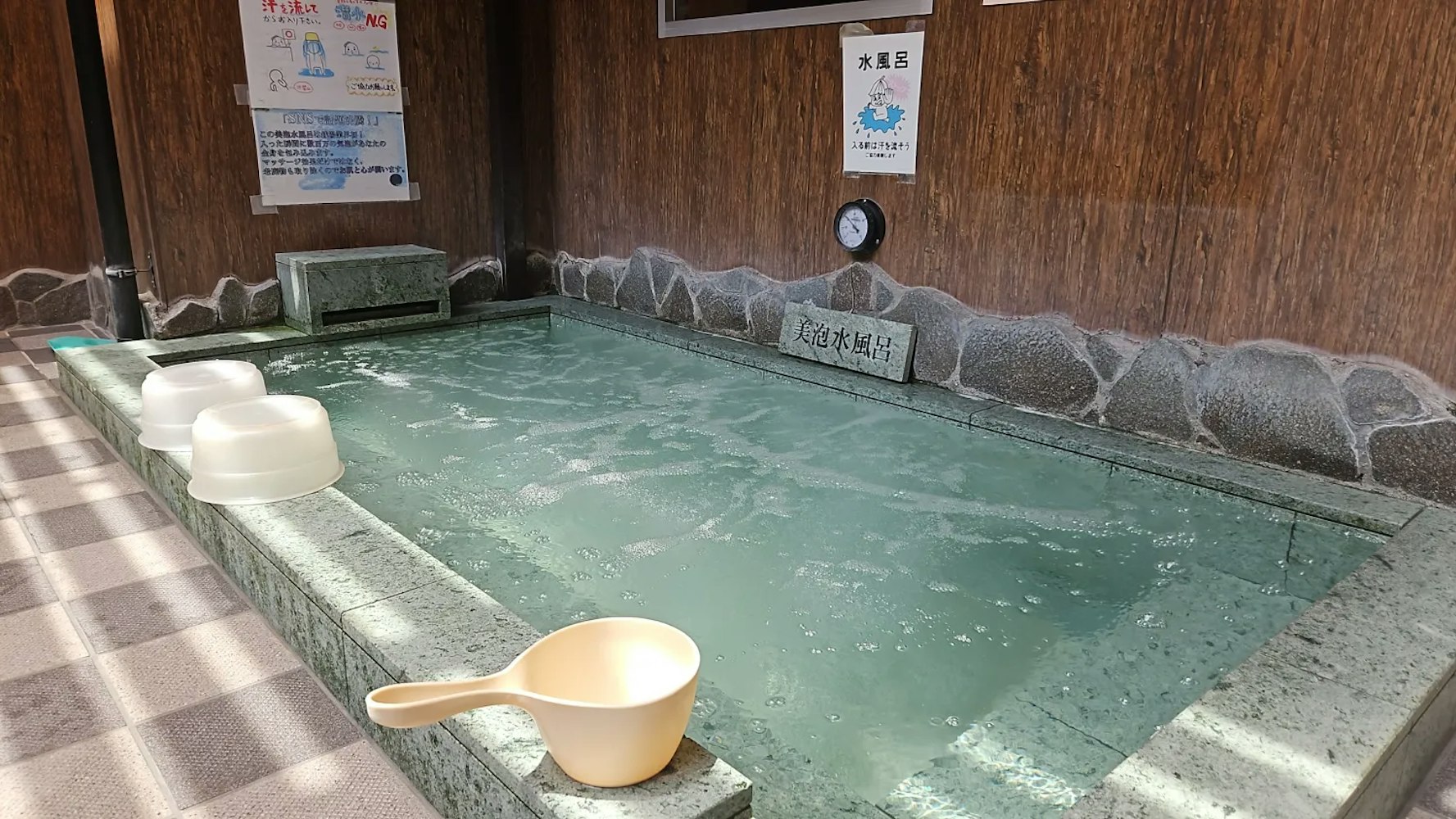
Located in Taito City, near the iconic Sensoji Temple in Asakusa, Yudonburi Sakae-yu proudly advertises itself as “tattoo OK!” on its website, making it a go-to for international visitors. This bathhouse is a classic onsen reimagined for modern bathers, and it’s super welcoming to foreigners.
This place is a bath-lover’s paradise with seven different types of baths, including indoor and outdoor options, a neburo (lie-down bath), and a denkiburo (electric bath) that gives you a tingly massage.
The rotenburo is perfect for soaking under the stars, and the dry sauna (extra ¥500) comes with a TV for chilling out. The bathhouse has a cozy, local feel but draws plenty of tourists, so you won’t feel out of place. It’s also in one of Tokyo’s most touristy areas, so you can pair your visit with sightseeing.
How much is it, and how do you get there?
Entry fee: ¥520 for adults (13+), ¥300 for junior high students, ¥200 for ages 7-12. Sauna is ¥500 extra.
Hours: Typically open afternoons to late evening; check their website for exact times.
Access: About a 10-minute walk from Asakusa Station or a short bus ride from Ueno.
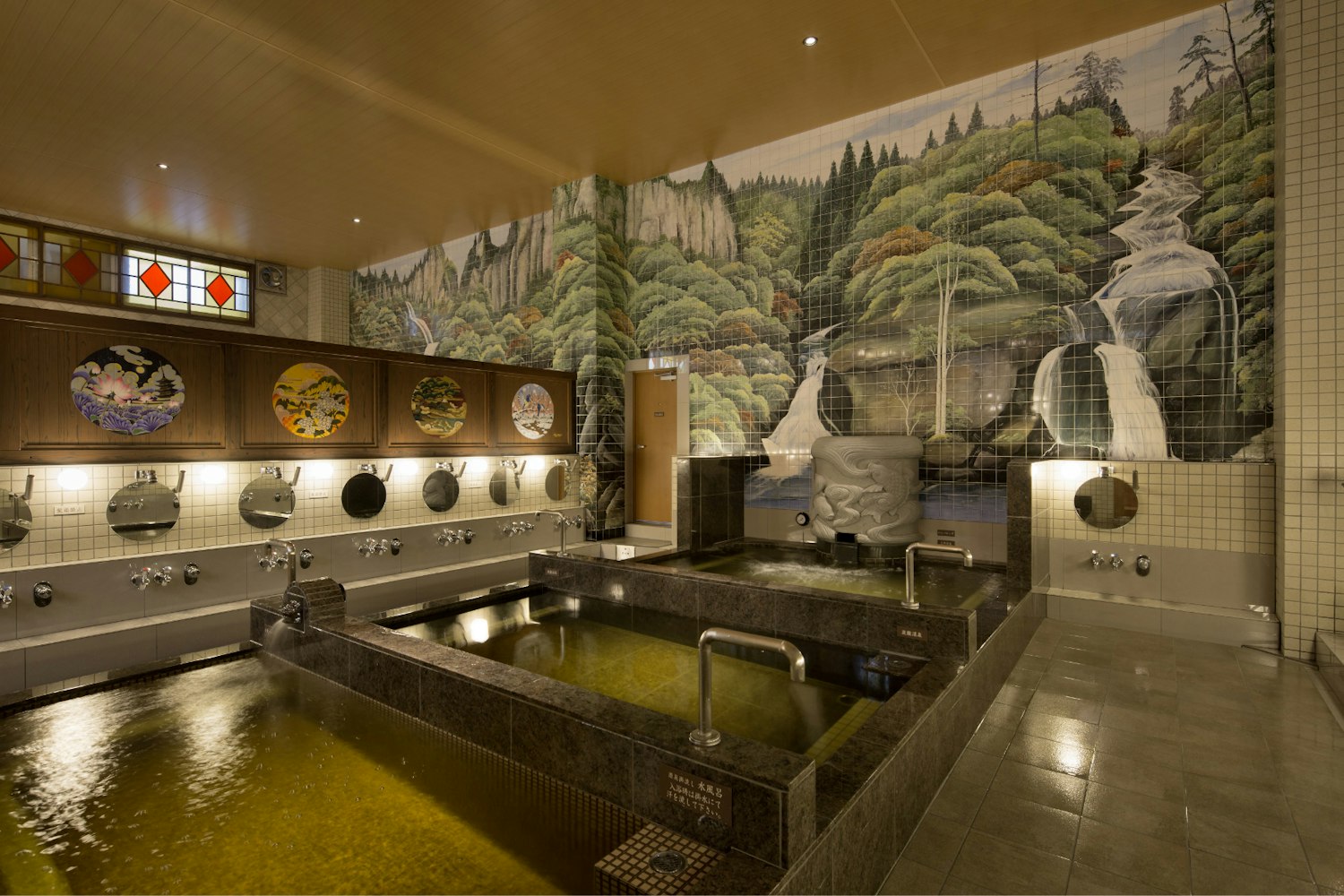
This bathhouse is a love letter to Japan’s Taisho Era (1912–1926), with a renovated interior that blends retro charm and modern comfort. The natural spring water is nicknamed the “beautiful skin bath” for its smooth, mineral-rich quality. You’ll find multiple baths, including a hot bath, a jet-massage bath, a carbonated bath, and a cold bath, plus a steam sauna.
The lobby’s trendy design includes a glass floor with digital koi fish, a nod to traditional sento koi ponds. Hasunuma Onsen is popular with locals and tourists alike, and they provide English guides to help foreigners navigate the experience.
How much does it cost, and how do you get there?
Entry fee: Around ¥500 for adults; check their site for kids’ rates.
Hours: Usually open from morning to late night; confirm online.
Access: From Shinagawa, take the Keikyu Main Line to Heiwajima Station, then walk 10 minutes.
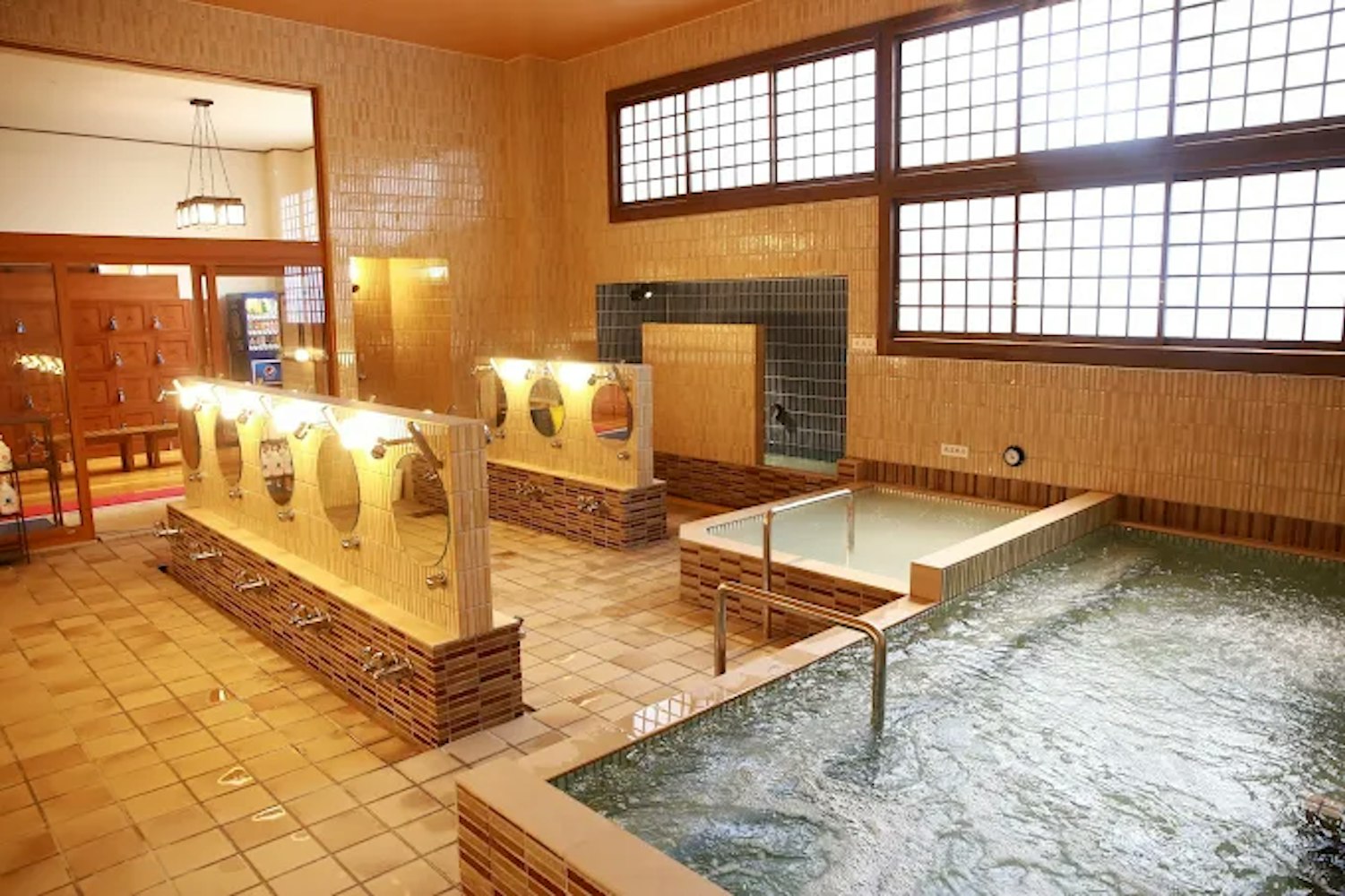
Mannenyu’s got a retro aesthetic with wooden walls, crane mosaics, and a classic sento vibe. The baths use soft water that’s gentle on the skin, including a 40°C clear bath (great for kids), a 45°C “silk bath” that feels like a dream, and a tingly electric bath for a unique sensation.
There’s also a massage bath and a sauna for extra relaxation. Just 5 minutes from Shin-Okubo Station, it’s a peaceful oasis in the middle of Tokyo’s hustle and bustle. The bright, clean facilities and fancy new signboard add to the charm.
How much is it, and how do you get there?
Entry fee: Around ¥500 for adults; sauna may cost extra.
Hours: Typically open from afternoon to midnight; check their website.
Access: A 5-minute walk from Shin-Okubo Station on the JR Yamanote Line.

Mokikuyu is one of Tokyo’s most aesthetic bathhouses, with a contemporary design that’s both chic and inviting. Renovated in 2015, it features gender-separated baths that alternate weekly, so you might get a different experience each visit.
The baths get creative with seasonal themes, like herbal infusions or unique scents, so it’s worth visiting more than once. The onsen’s traditional Japanese aesthetic blends seamlessly with modern touches, and it’s just a 15-minute walk from Ryogoku Station, near sumo culture hotspots.
How much does it cost, and how do you get there?
Entry fee: Around ¥500–600 for adults; check their site for details.
Hours: Usually open from morning to late evening.
Access: Walk 15 minutes from Ryogoku Station on the JR Sobu Line.
Address: 3 Chome-30-8 Ishiwara, Sumida City, Tokyo 130-0011.
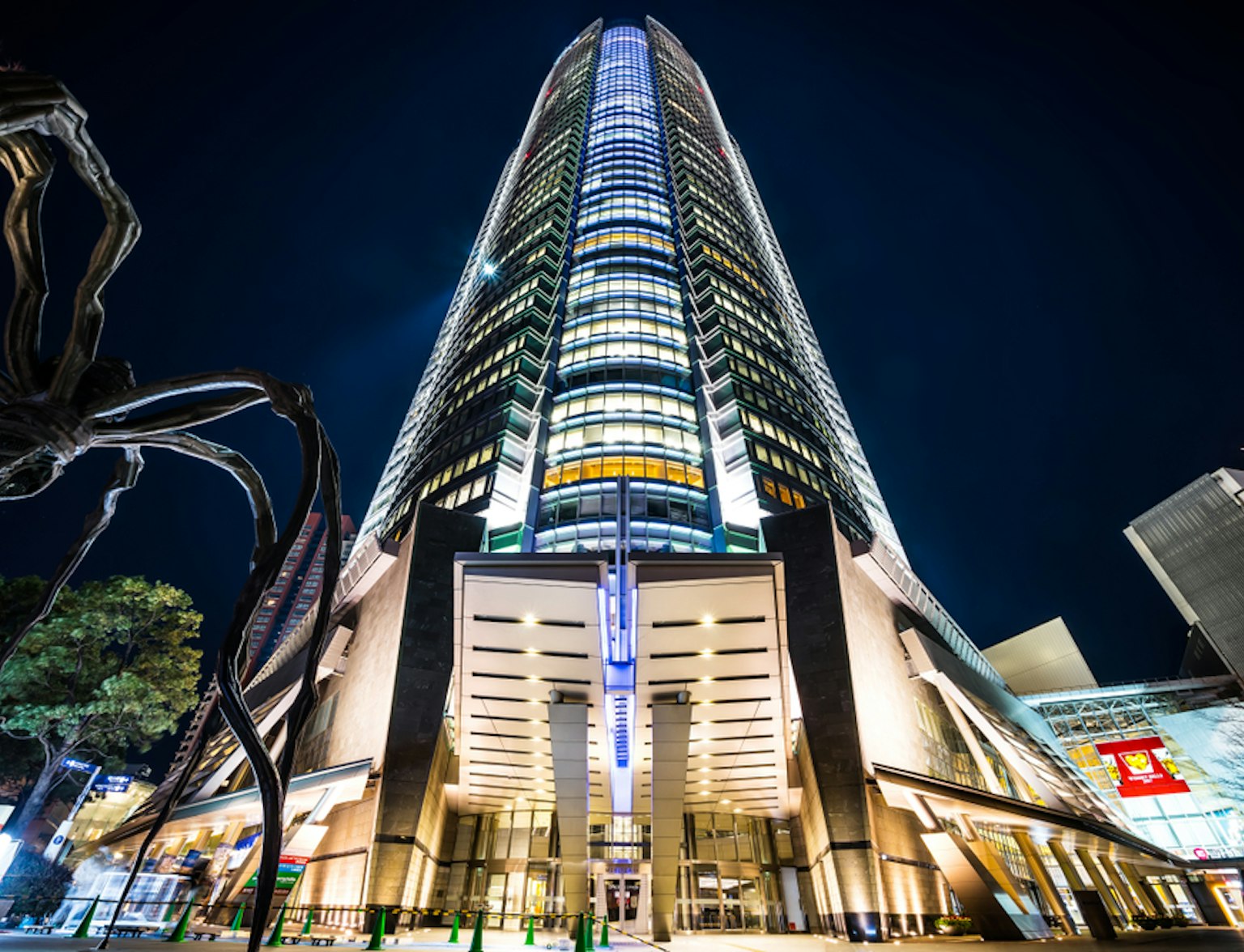
Experience the heartbeat of Tokyo like never before!
If you’re feeling shy about your tattoos or just want a more intimate experience, private onsens are a great option. Many ryokans and spas in Tokyo offer hourly rentals for solo or couple use, where tattoos are never an issue. Here are a couple of ideas:
Ryokan Kamogawa Asakusa: This ryokan in Asakusa welcomes guests with tattoos and offers private bathrooms with no restrictions. Perfect for a romantic soak or a quiet escape.
Hakone Yuryo (near Tokyo): Just outside Tokyo, this onsen is accessible from Hakone Yumoto Station and offers private baths for tattooed guests. It’s great for day-trippers, and they even had apples floating in the baths during one visitor’s trip!
Private baths typically cost more (¥2,000–¥5,000 per hour), but they’re worth it for the peace of mind and exclusivity.
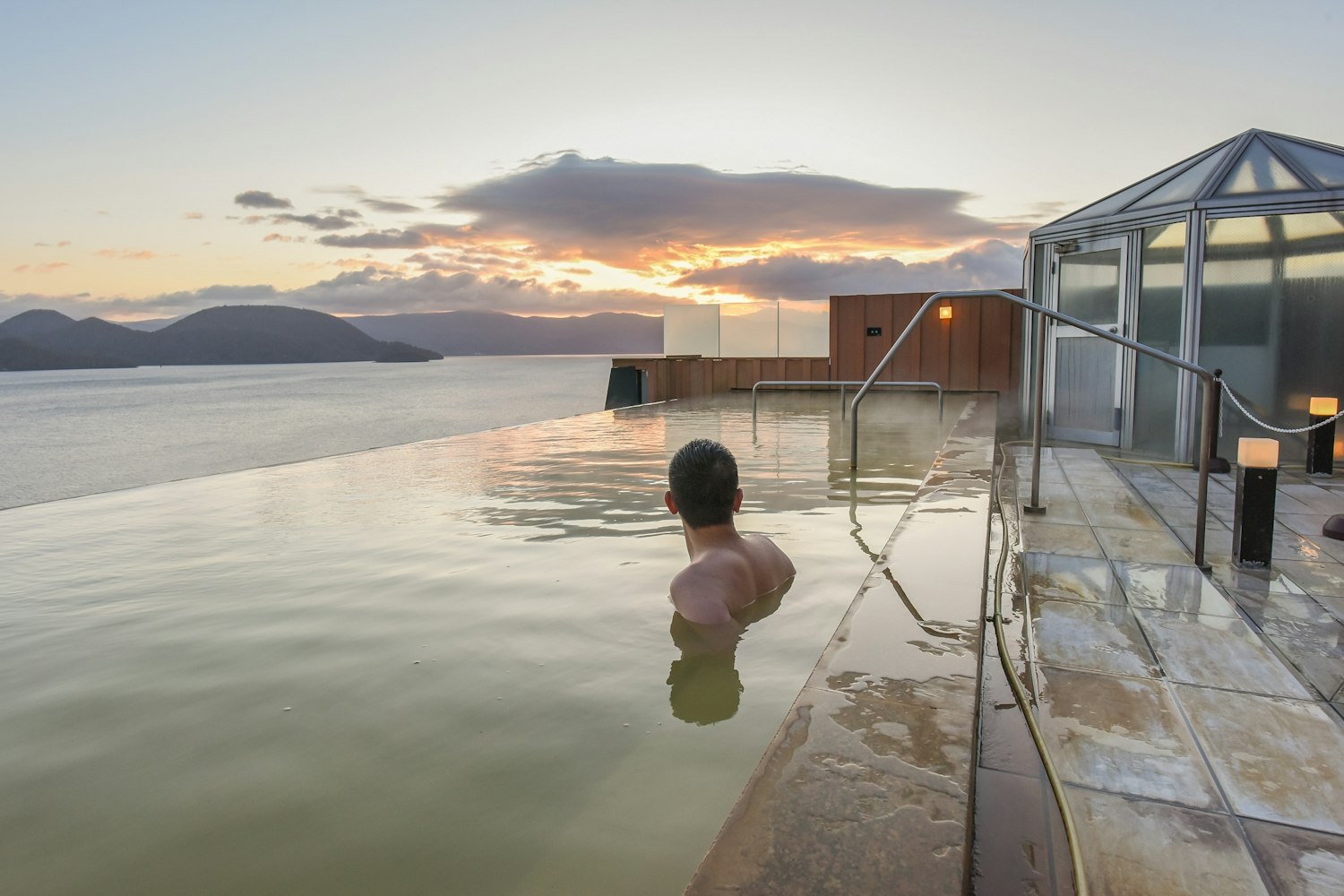
Even at tattoo-friendly onsens, you’ll need to follow standard onsen etiquette to keep the vibe respectful. Here’s a quick rundown:
Rinse off first: Before entering any bath, shower thoroughly at the washing stations. No soap or shampoo in the baths!
Keep towels out of the water: Use a small towel for modesty, but don’t let it touch the bathwater. Place it on your head or the edge of the bath.
Stay quiet: Onsens are for relaxation, so keep conversations low and avoid splashing.
No swimwear: Unless it’s a mixed-gender private bath, swimwear isn’t allowed. Embrace the au naturel vibe (it’s normal in Japan!).
Check tattoo policies: Even at tattoo-friendly spots, it’s smart to confirm via the onsen’s website or a quick call, as policies can vary.
Pro tip: Bring your own toiletries, as some onsens charge for rentals. Many provide soap and shampoo, but it’s nice to have your favorites.
If you’re up for a short trip outside Tokyo, you’ll find even more tattoo-friendly options in nearby hot spring towns like Hakone, Kusatsu, and Nikko. Here are a couple of standouts:
Tenzan Onsen (Hakone): A 10-minute bus ride from Hakone Yumoto Station, Tenzan is surrounded by lush greenery and offers multiple baths, including a cave bath and a cedar tub. It’s tattoo-friendly for individuals (but not groups), and the secluded vibe feels worlds away from Tokyo.
Kagoiwa Onsen Ryokan (Nikko): Located in Nikko National Park, this ryokan offers tattoo-friendly open-air baths with views of the Kinugawa River and mountains. It’s about 2 hours from Tokyo and perfect for a weekend getaway.
Tokyo’s tattoo-friendly onsens are a game-changer for inked travelers who want to experience Japan’s hot spring culture. From sleek urban bathhouses to rustic ryokans just outside the city, there’s no shortage of options.
My advice? Pick a spot that matches your vibe, double-check the tattoo policy, and dive into the warm, mineral-rich waters with confidence. Have you visited a tattoo-friendly onsen in Tokyo? Drop your faves in the comments—I’d love to hear about your experience!. Happy soaking!
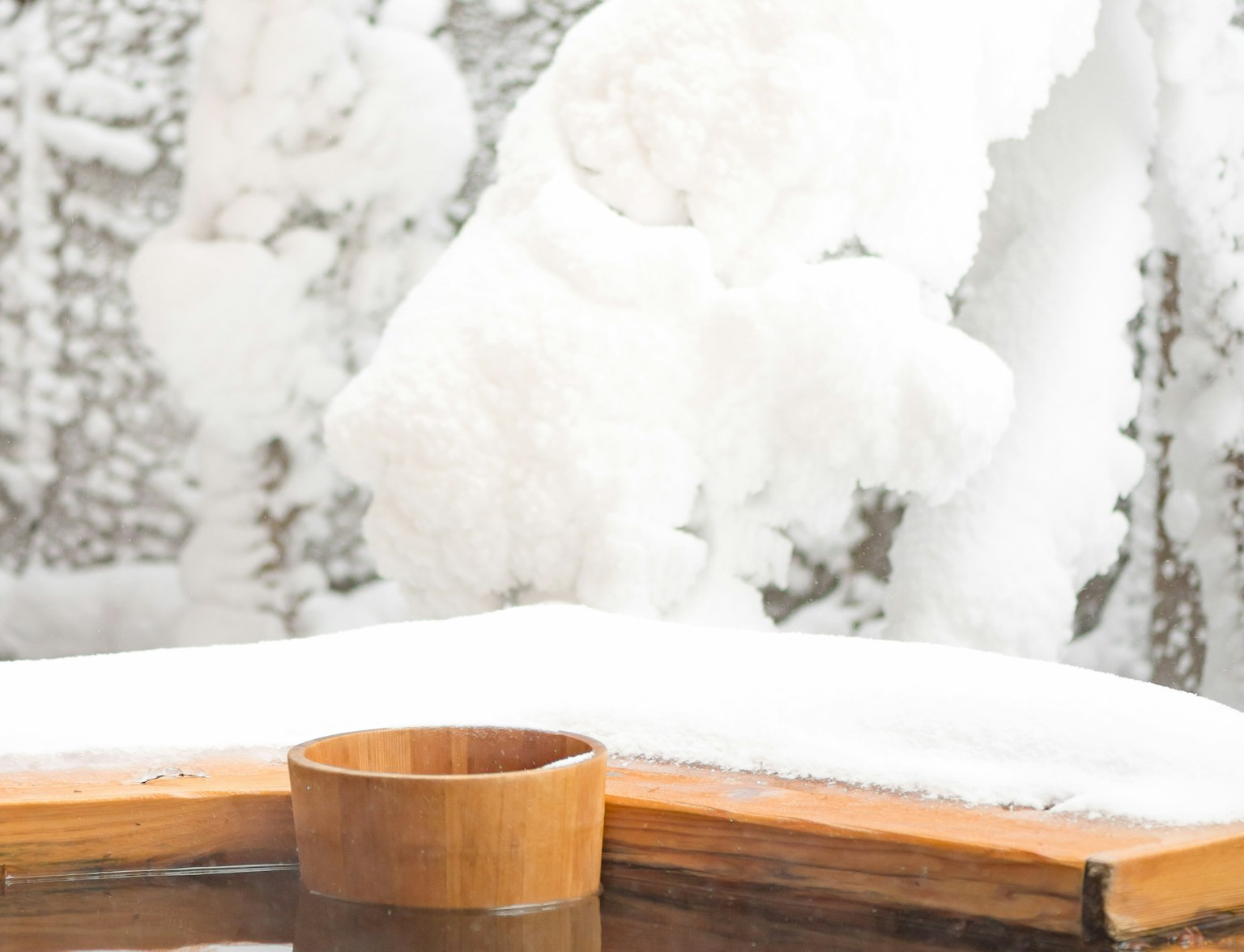
Unlock two days of serenity with the Okuhida Onsengo Access Pass.
